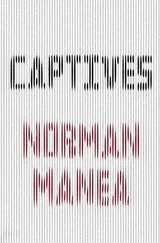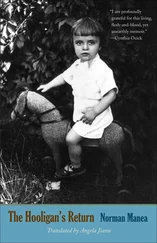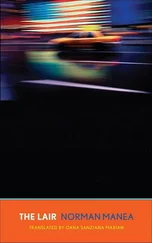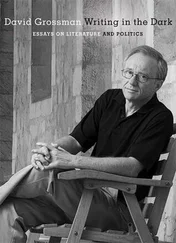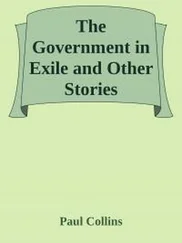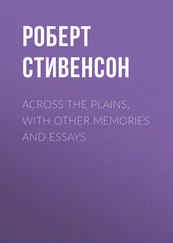was the most widely propagated version — the one most clearly implicated in the official mythology. This was the Pushkin whose verse every Soviet child began to memorize as soon as he or she began school, if not before, and whose biography, reduced to something of a simplistic catechism, was a standard part of the school curriculum. The emphasis here, as in virtually all Soviet humanities schooling, was on rote learning of canonical texts — favoring those of Pushkins works that could easily be made to support the official image — and canonical interpretations of those texts. 4
To recover Pushkin as a great artist required restoration work to remove the numerous layers of cosmetics.
Sinyavsky is not shy about the truth, and it is this that lights up the exceptional personality of the great poet.
Pushkin gradually renounced, without exception, all the conceivable purposes that are generally imposed on art and opened up the way to an understanding of poetry — negative to its very core — according to which poetry, “by its very nature lofty and free, must have no other aim but poetry itself.” Precisely because this art is free and obeys only “the movement of momentary, free feeling” (as Pushkin called inspiration), it has a habit of slipping through the fingers that embrace it too tenaciously, even if they are fingers of those who worship the beautiful, and it does not fit into its own pure definition. 5
Not by chance did Sinyavsky begin the iconoclastic “strolls” with his beloved Pushkin when he was serving seven years of hard labor for “anti-Soviet agitation.” He would transcribe fragments of his study in letters to his wife, and thus to the world outside his prison cell — real “anti-Soviet agitation,” and much more besides, as its impact in the post-Soviet period demonstrates.
In the West where, as Emil Cioran believed, people like to demolish all reputations, legitimate or not, Sinyavsky’s book was considered an original and scrupulous restoration of Pushkin’s true reputation as an artist. “Brilliant, stimulating, intriguing,” wrote Laurence Binyon in the London Review of Books. “An ardent and fastidious attack on philistinism in all its forms,” Susan Sontag declared on the dust jacket. “By our standards, there is nothing scandalous about Sinyavsky. His every sentence is full of discernment and common sense,” explained John Bayley in the Times Literary Supplement.
On the other hand, Russian standards, probably linked to the suffering and illusions that still make the writer both prophet and educator, have given rise to a different type of reaction. Take, for example, Igor Shafarevich, author of the scandalous volume Russophobia (1989) — a kind of anti-Western, anti-liberal, anti-Semitic manifesto, in which the great Russian people are seen as besieged by an alien minority that, in alliance with the demonic West, is bent on subverting the people’s religious traditions and destroying the Russian nation. In an article entitled “A Phenomenon of the Emigration,” Shafarevich urged Russian readers to demand the outlawing of Sinyavsky, much as the Islamic fundamentalists outlawed Salman Rushdie. 6It was not quite a death sentence, as in Rushdie’s case, but Sinyavsky was compared to him and placed in the same category.
By taking the pen name of Abram Tertz, a once-famous Jewish pickpocket from Odessa, Sinyavsky had already issued a dual challenge: a Jewish name and the Pushkin critique. The name reminded people that the writer had been considered a criminal by the Soviet authorities, sentenced for reading and writing forbidden books. But it also recalled the age-old fate of the Jew in Russia, as alien, renegade, and apostate, so similar in many ways to that of the artist. (The Russian poet Marina Tsvetaeva once said, “In this most Christian of worlds, poets are kikes.”) Referring to Mikhail Bakhtin’s vision of the art of the carnival — which Sinyavsky considers applicable in a broader sense to art in general — Sinyavsky maintains that the provocative name Abram Tertz was also in fact “an example of carnivalization,” of a clownish metamorphosis. 7
Alexander Solzhenitsyn saw in the “childish playfulness” of Sinyavsky’s book a sacrilege specific to an émigré and “aesthetic nihilist” who, through Pushkin, was attacking authority itself, the foundation of society. 8Other writers, too, from Russia and the Russian emigration, thought it inadmissible that Sinyavsky should have challenged a literary icon on a par with the icons of the Orthodox Church.
Many of Sinyavsky’s violent critics have stressed the difficult circumstances of the moral crisis through which Russia and Eastern Europe have been passing since the end of communism. That he brought out his iconoclastic text in such ill-fated times seemed to many to add to his guilt. Thus, in January 1990, speaking on Soviet television, the conservative critic Vladimir Gusev argued that the scandal was not so much due to the text itself; “it was the context of the publication that was strange.” 9And what was the context? “Pushkin is one of the last saints left to our people in this spiritually tragic time.”
This was similar to the point of view expressed by Ernst Safonov, editor of Literaturnaya Rossiya, in a debate at Columbia University in May 1990: “When all of these holy things are trampled, when there are no more icons or very few, Pushkin is one of those icons. He is an icon equal to the icons of the Church.” 10For his part, the rural fiction writer Viktor Likhonosov said, “an attempt was once again made on Russia,” and he thought it perfectly natural and understandable that the publication of Sinyavsky’s study “was like a bomb exploding.” 11
A preoccupation with social and moral problems has always been part of the Russian intellectual tradition. This served in the Russian press as an excuse for the uproar that Sinyavsky caused when his attempted restoration of the real Pushkin seemed to remove the great poet from that tradition.
In Romania, by contrast, the image of the writer as a “pure artist,” belonging to the elite and far from the madding crowd, is accepted and even admired. Social-political commitment, like the whole sphere of moral problems, seems rather tedious, if not suspect — and is not necessarily tied to — is sometimes even harmful to — creativity. Creativity usually focuses on aesthetic achievement, spiritual heights, and a kind of condescending aloofness from immediate reality. Many Romanian intellectuals appear more proud than upset to see themselves propelled into a lofty sphere of unshakable composure.
Irritation occurs, rather, when the troubled life of one of their more esteemed representatives reveals that, instead of shutting himself up in the ivory tower of his own books and projects, he has taken a passionate interest in his nation’s destiny, ready to be politically active on the terrain of his age, not uncommonly in far from honorable company. Even if the debate starts from a premise contrary to the one in the Sinyavsky case, it may trigger an equally violent reaction — as did the previous essay on Mircea Eliade. 12
Although my essay deals with the former and current implications of the intellectual’s involvement with totalitarian ideology, and so is strikingly different from Sinyavsky’s study of Pushkin, its public impact inside the country was no less shocking — and an almost burlesque relationship, at once unintentional, spicy, and eloquent, subsequently developed between the two.
I wrote and published the article after the collapse of communism in Eastern Europe, when it had become evident that nationalism, which was being utilized as a major weapon in the winning of electoral support, was staging a powerful political comeback in that part of the world. Legitimacy was being sought in the writings of some illustrious cultural precursors, to be presented as new propaganda for public worship. It is no accident, for example, that since the overthrow of Nicolae Ceau  sescu a party such as the “Movement for Romania”—which proclaims its continuity with the fascist Iron Guard — has required applicants for membership to take an examination on the work of Eliade and other scholars with similar political views.
sescu a party such as the “Movement for Romania”—which proclaims its continuity with the fascist Iron Guard — has required applicants for membership to take an examination on the work of Eliade and other scholars with similar political views.
Читать дальше
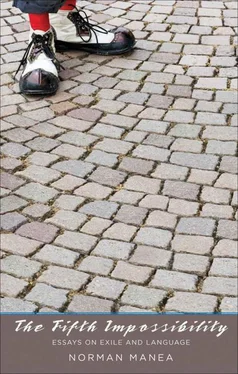
 sescu a party such as the “Movement for Romania”—which proclaims its continuity with the fascist Iron Guard — has required applicants for membership to take an examination on the work of Eliade and other scholars with similar political views.
sescu a party such as the “Movement for Romania”—which proclaims its continuity with the fascist Iron Guard — has required applicants for membership to take an examination on the work of Eliade and other scholars with similar political views.